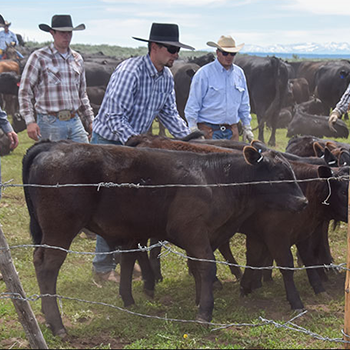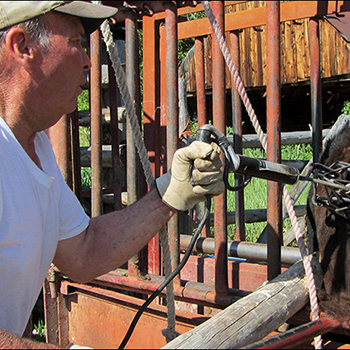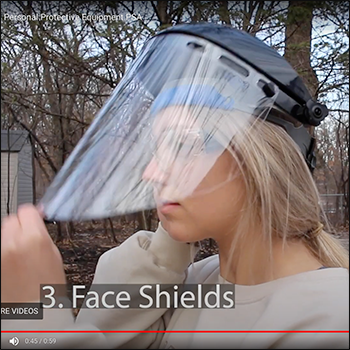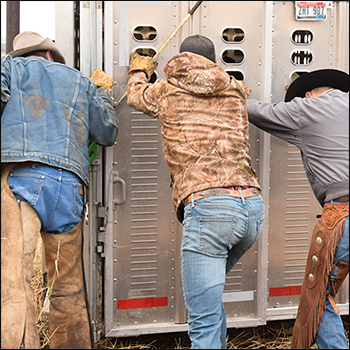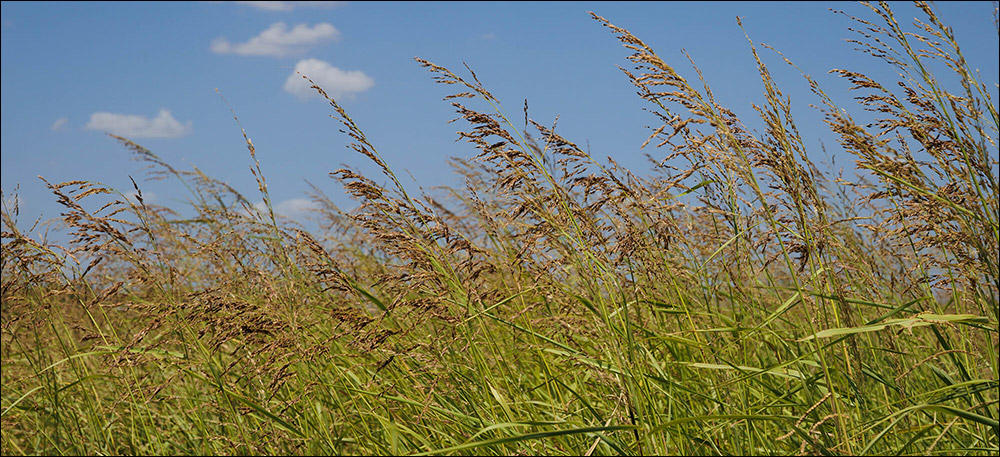
Seven Ways to Avoid Prussic Acid Poisoning After Drought-time Rains
Watch cattle closely as risk of prussic acid toxicity increases during drought, after rains.
Both summer and fall are important times for ranchers to keep an eye on cattle that graze where Johnsongrass is present, due to the risk of prussic-acid toxicity.
Clark Roberts, manager of Noble Research Institute’s Coffey Ranch at Marietta, Okla., says drought conditions put him on high alert for two reasons.
“Anything that physically stresses Johnsongrass, such as drought in summer or freezing in the fall, can increase the amount of prussic acid in this invasive forage plant,” he says. “Secondly, with rain after drought, or warm temperatures after a frost, the fresh, green growth is one of the first things the cows will go after. That’s the danger, because those young leaves are higher in prussic acid.”
Prussic acid, known as hydrocyanic acid or cyanide, can form in plants in the Sorghum genus in different concentrations, depending on the species. Johnsongrass, grain sorghum and sorghum almum (Columbus grass) are all on the high end. As Roberts explains, the prussic acid, which can be fatal, is more concentrated in the leaves, especially younger leaves in the upper part of the plant, and more so during rapid regrowth after drought or frost injury.
Roberts manages cattle and sheep, focusing on applying the six soil health principles. He says there are steps one can take to try to prevent ruminants from ingesting too much Johnsongrass when it is in highly toxic stages. They include:
- 1. Grow and offer a diversity of forages.
- 2. Don’t turn animals out to graze areas with Johnsongrass after mowing, haying or grazing when the plants are regrowing after stress from drought or freezing until the plants are at least 18-24 inches tall.
- 3. Be sure animals are not hungry when first grazing a new field with the potential of prussic-acid ingestion. Turn them out in late afternoon or feed some hay first.
- 4. Be aware that warm-season cover-crop mixes may contain sorghum, which also poses a prussic-acid toxicity risk.
- 5. Keep cattle away from roadsides or bar ditches that have fresh, ungrazed Johnsongrass growing.
- 6. Watch your animals closely in each new grazing area. Symptoms of prussic-acid poisoning can occur within 5 minutes of eating affected forage, and death can occur in 15 minutes. Clinical signs include muscle tremors, increased respiration rate, excess salivation, staggering, convulsions and collapse.
- 7. Remove all cattle and sheep to a new pasture as soon as any herdmate shows signs of prussic-acid toxicity, and contact a veterinarian.
Having polyculture pastures divided into paddocks with temporary fencing is helpful, Roberts says, because it offers options for moving livestock quickly to manage timing and location of grazing.
“It also helps to have diversity so the cattle can select other forages other than Johnsongrass to graze,” he says. “Plus, I can observe my animals every day, and that’s going to be especially important this year.”
Editor’s note: Marilyn Cummins is a freelance writer for Noble Research Institute. Photos by Rob Mattson, Noble Research Institute. More regenerative ranching information is available at www.noble.org.
